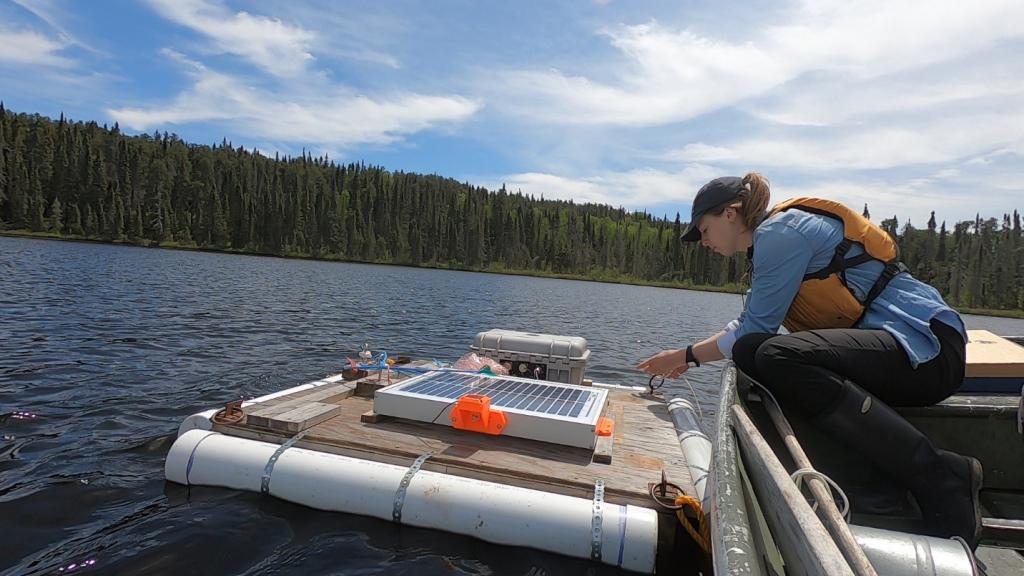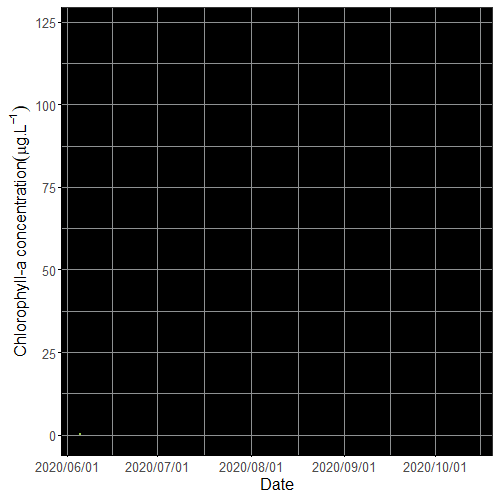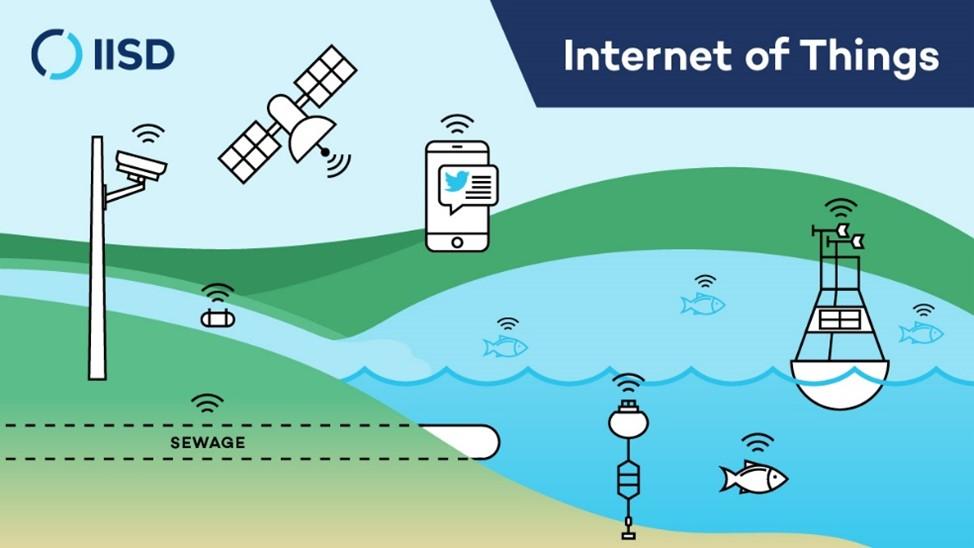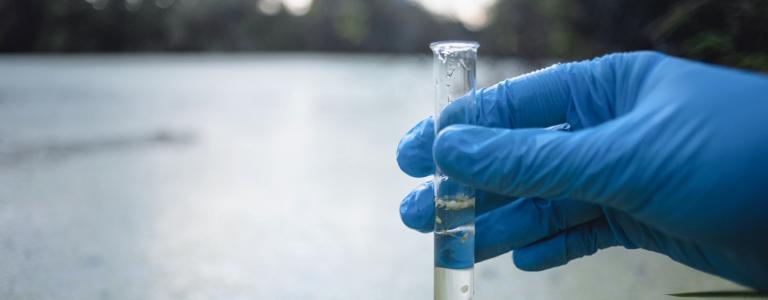Watching the Water: The case for real-time freshwater monitoring
It has been nearly a year since many across the world have packed up their offices and started working from home.
Despite working virtually, we still managed to make it safely out to the site to collect real-time data from Lake 227 during the 2020 summer season. This lake hosts the longest-running experiment at IISD-ELA in its 53-year history.
In June 2020, we deployed a sensor and AquaHive low latency telemetry platform in the surface water of the lake, which records and transmits temperature, chlorophyll a and blue-green phycocyanin concentration, and fluorescence on the hour, right to our laptops.
In other words, the AquaHive allows us to conduct freshwater monitoring in real time.

The case for faster freshwater monitoring
Monitoring programs are essential for understanding the quality and quantity of fresh water; however, traditional programs are expensive in terms of staff time and travel.
This means that the number of samples is limited by the cost of collecting each sample, the distance and time it takes to get to the site, and the number of personnel taking the samples. In addition, data interpretation is often later than the sample date. In some scenarios, samples are collected, transported to a laboratory, undergo analyses, transcribed, and then sent back for interpretation. This time lag may be too long to make important decisions, such as the safety of drinking water.
Deploying low latency sensors and platforms means that data can be collected and transmitted from sensor to screen with little to no delay, allowing faster decision making.
And the proof is in the pudding—from June 6 to October 13, 2020, we collected 3,091 recordings in real time from the AquaHive on Lake 227. This data revealed some interesting trends and changes that we would otherwise have had to wait for until recordings were downloaded, transcribed, and analyzed.

Above: Every hour, sensors on Lake 227 record data and the AquaHive telemetry platform send it back to our computers in real time. This animated graph tracks the trajectory of chlorophyll-a concentration.
Real-time monitoring in the real world
What other benefits can sensor-to-screen monitoring bring us when applied in real-world monitoring situations?
Below are three examples of how low latency platforms can help monitor and communicate freshwater data.
LOCAL COMMUNITIES MAKING REAL-TIME DECISIONS
Including and communicating with local communities about the environment and their safety builds trust and transparency.
The AquaHive platform logs and transmits hourly data to the cloud, letting us see trends and even alerting us when the water changes quickly or a parameter exceeds a set threshold, which could indicate an event such as a pollution spill. This could allow communities to save money by protecting their drinking water systems or let people know immediately when swimming and recreation are unsafe. It also builds evidence that communities can use to protect their local water.

COLLECTING INFORMATION FROM REMOTE SITES
To arrive at Lake 227 from the central camp, you have to take a car, two separate boat rides, and two portages. While we are fortunate at IISD-ELA to have the equipment to access the site, many lakes around the world—and even in northern Ontario—are much more complicated to access. This limits what we can see and understand at remote sites, despite the possible importance to the environment, nearby communities, or pollution concerns. Using sensors and platforms that transmit data in real time can allow communities or scientists to collect much more data than previously attainable and improve capacity to make sound decisions.
EARLY WARNING DETECTION
Scientists use forecasting to predict changes or early warnings of future events, such as flood forecasts. Similar methods can be deployed for water quality warnings, for events such as algal blooms or pollutants, to allow faster decision making and management. Some innovative environmental managers have already begun using real-time systems—for example, the Government of Newfoundland and Labrador has deployed real-time water quality sensors that update graphs every 2 hours, allowing real-time interpretation and alerts for early warnings.
The technology is here: now it is time to adjust how we do science—and turn that science into effective action to protect water.
Stay Tuned!
We plan to deploy the platform on Lake 227 for another season to collect more information about algal blooms. We are also working to deploy AquaHive and sensor platforms on the Winnipeg River in Manitoba.
You might also be interested in
National State of the Environment Report: Uzbekistan
The National State of the Environment Report (NSoER) is a comprehensive document that provides a snapshot of current environmental trends in Uzbekistan's socio-economic development for citizens, experts, and policy-makers in the country of Uzbekistan.
How can we improve on freshwater health and prevent plastic pollution?
INC-4 is the fourth meeting in a series of international negotiations that aims to develop a global treaty on plastic pollution, which can and should have big implications for freshwater quality both in Canada and beyond.
Essential Monitor's Guide for Prairie Water Retention
This guidance document aims to make water retention monitoring a more accessible practice from a technical standpoint by demystifying some of the considerations required to get started.
IGF Case Study: Leveraging Technologies for Gender Equality in Mining Communities
How can sharing technological infrastructure support gender equality and serve the broad betterment of mining communities?
